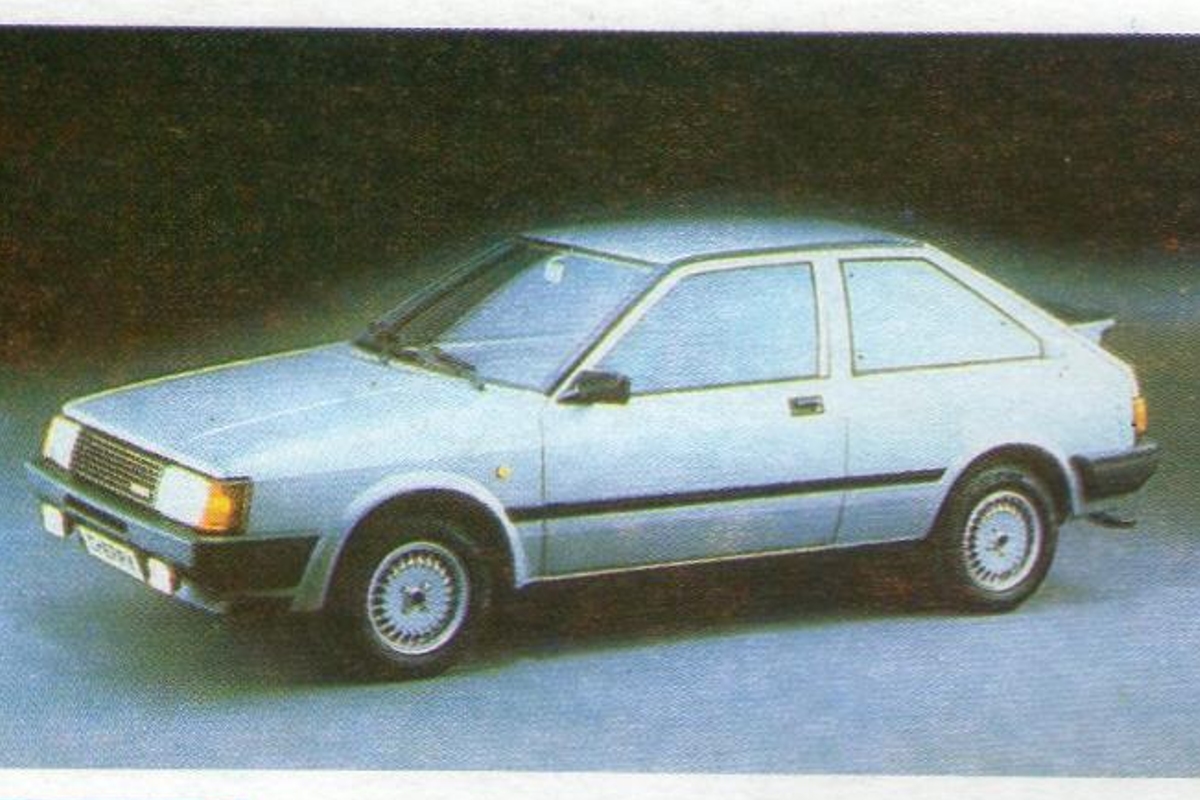
In keeping with the theme of this website over the holidays, it’s time I came up with a ‘Top Five’ of some sort. So, in the interests of balance with all these ‘Top Five’ best this and best that, how about some real crap?
One of the advantages, and there aren’t many, of being a pensioner, is that you’ve experienced decades of driving by my age. And one thing that is often totally unappreciated is just how much better even the cheapest run of the mill car is today compared with the ‘old days’.
READ MORE: Our Top 5 cars of 2023
In no particular order, here are the best examples of rubbish that I can recall for some holiday entertainment. Bearing in mind that they’re all pretty forgettable in my eyes, I can’t be responsible for any failure to remember just how good or bad they really were.
Volkswagen Beetle
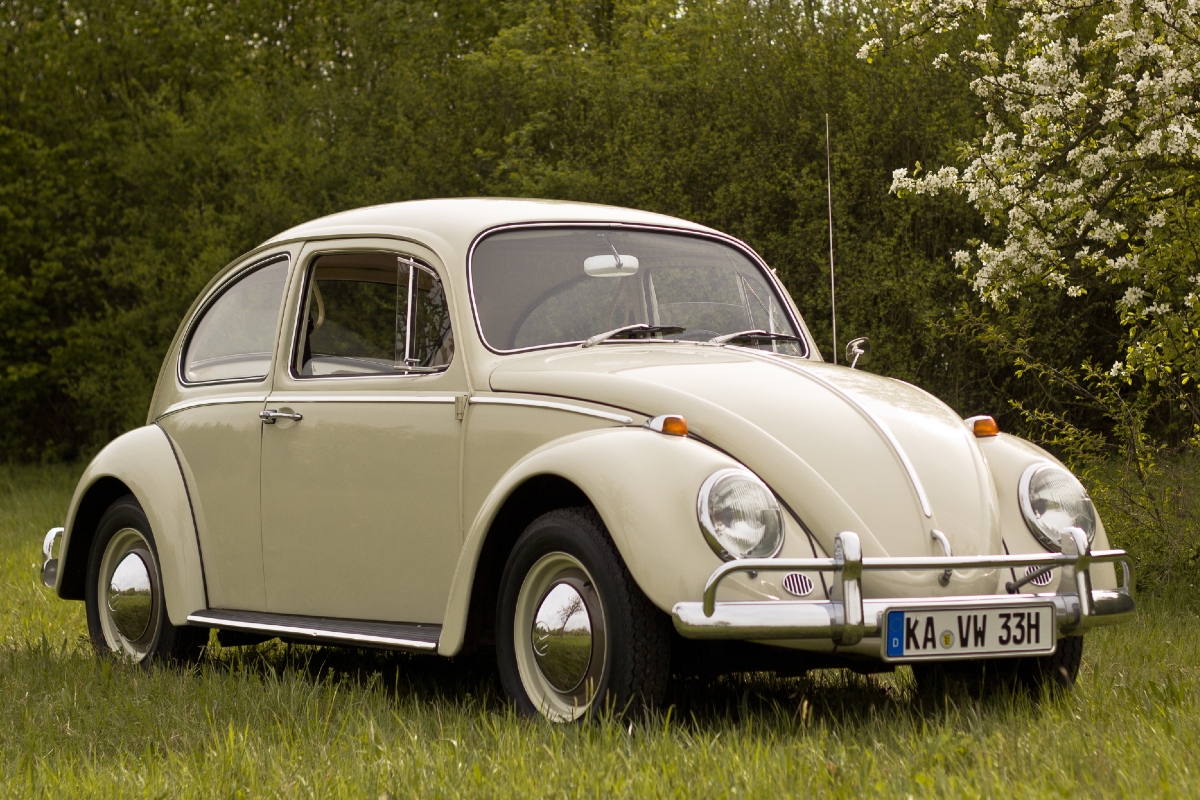
Is it sacrilege to include one of the best selling cars of all time? Well, not to me. It served a purpose at the time, for sure, and sold in big numbers partly because there wasn’t always much choice and partly because it was very robust – but to drive…
The first one I drove was a 1960s 1200cc flat screen version that was heavy, slow and not very economical. The steering was light, given the engine was in the back, but that was about the only positive, apart from it being pretty weatherproof. Once you’d checked the fuel level with a dipstick, you’d then set off at a rate that saw every 50cc moped in Europe out-accelerate you.
The heater was all but nonexistent as the air cooled engine didn’t lend itself to a decent system, so internal window frost was a regular feature. But what made the Beetle really stand out to the young enthusiastic driver, was its never ending ability to try to hurl you at the scenery every time cornering was attempted, especially in the wet. Whilst the straight line traction was brilliant (due to the lack of power, the large wheels and the rear mounted engine), lateral grip was lacking, and not helped by having a swing axle set up. Compared with the contemporary 1960s Mini, the driving experience was truly terrible.
Triumph Vitesse Mk1
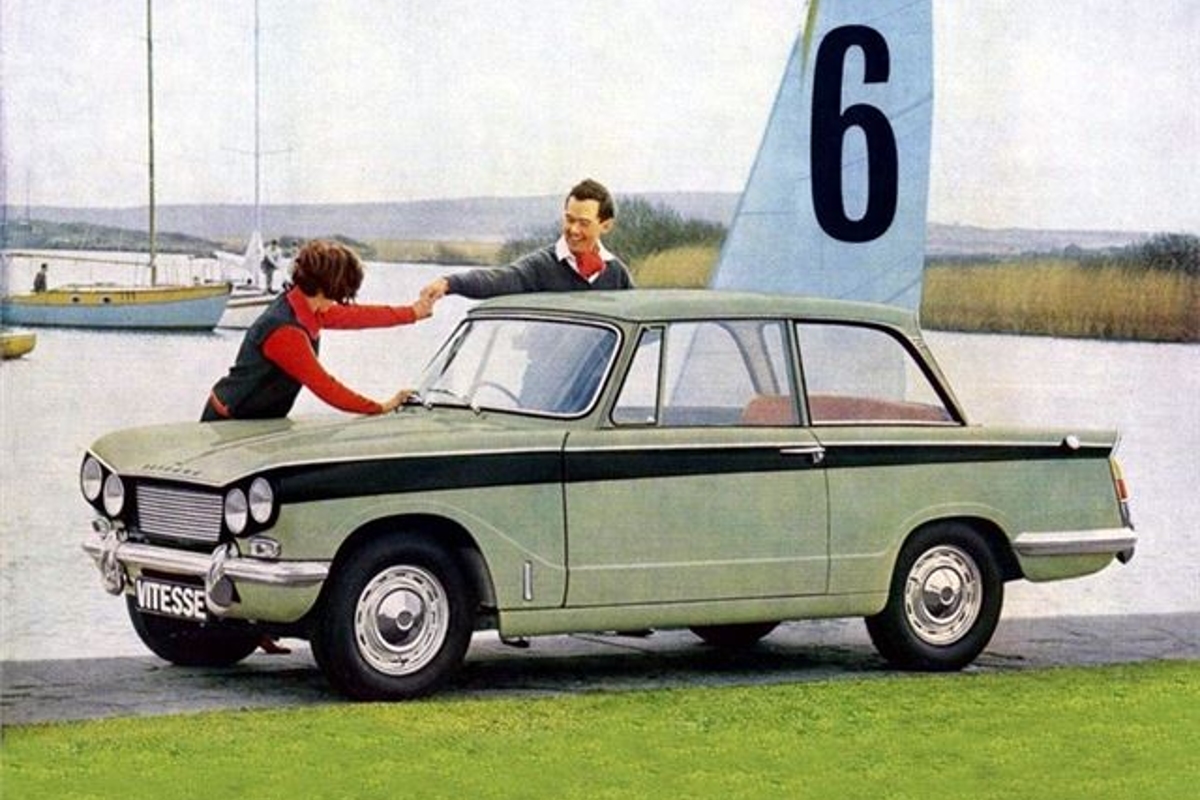
In the 1960s, Triumph made the Herald in the UK, which was also assembled in Australia. Whilst it wasn’t anything special, it was a pretty inoffensive example of average Pommie automotive engineering at the time. But then, in 1962, Triumph decided to drop a six-cylinder engine into this tinpot shopping car and call it the Vitesse.
Some years later, I got to know a family in the UK who were dyed in the wool Triumph enthusiasts. And there were some really rather good cars in their garage such as the TR6. But there was also a Mk 1 Vitesse, and a worse driving car was difficult to imagine, especially given that it was marketed as a sporting car. This was the British BMW M3 of the day! Given that it was aimed at the enthusiast, it was remarkable just how much barely controllable understeer the Vitesse had (courtesy of the heavy straight six in the nose), but in order to experience that feature, you had to drive through the quirks of the turn in oversteer induced by swing axles that had up to 15 degrees of camber change through the rear suspension travel range.
I’m positive that the 1200cc standard four-cylinder Herald would have been faster from A to B in anything apart from a very straight line. It did have one redeeming feature though; in common with the Herald, the Vitesse had a truly remarkable turning circle, on par with a London Taxi. So, if needs be, you could always escape from a tight corner! Assuming you’d got it round the corner before in the first place.
It’s remarkable that the Vitesse ever got signed off by the so called engineering department of Triumph back in the day, let alone that anyone actually bought one. An outstanding example of the capacity of the Brits to design their way into automotive oblivion for a decade or two.
Chevrolet Malibu
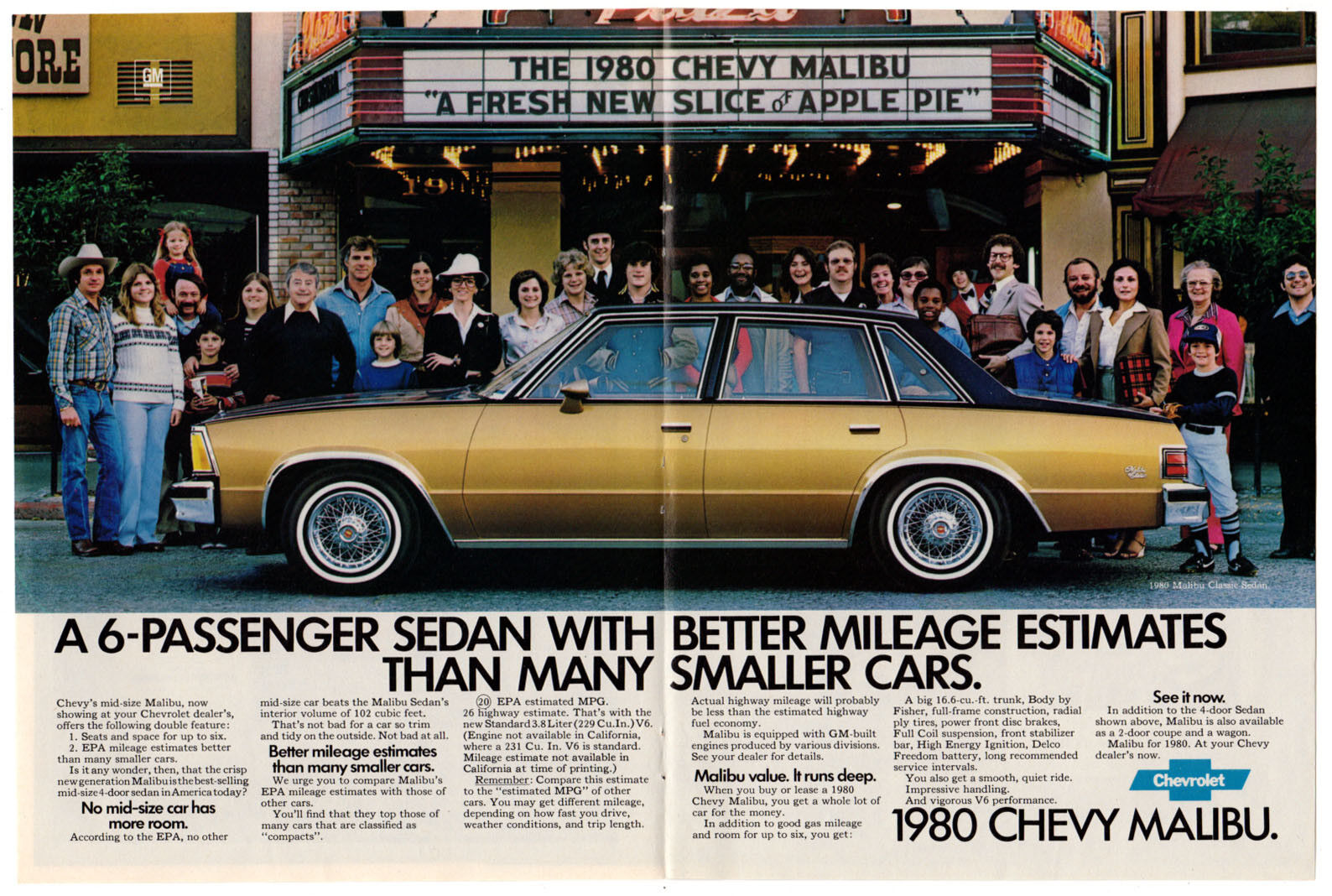
April 1980 and I, plus girlfriend, head off to the USA for the first time. London to Miami meant nine hours in cattle class but all I was interested in was getting to the rental car desk and picking up the Chevy I’d booked. I didn’t much care what the car was, as long as it was Americana at it’s best. The UK was hooked on the Dukes of Hazzard by then and, in the absence of a ’69 Dodge Charger, anything American was good enough for me. That’s how, along with clear budgetary limitations, I ended up with a 1980 model Chevrolet Malibu sedan, cooking version.
I don’t ever remember being so disappointed in my life by a car. All my preconceived ideas of performance and features evaporated like dollars in Vegas. Even the exterior was shit. A non-metallic light mud colour, with more mis-aligned panels than a Leyland P76, set the scene for a stunning red velour/plastic interior.
Anyway, this is about driving… and heading off down the road I gassed up the V6 auto expecting great things! But this car wouldn’t pull the skin off a rice pudding. My Alfa Romeo Alfasud back in London would have blown this thing into the weeds. Two up, music turned up (the radio did work well), we headed off for the Florida Keys and duly discovered that the air conditioning was only slightly better than having the window open. Given that air con was an almost unknown luxury in Europe at the time, I’d been looking forward to it.
Oh well, at least there were no discernable corners on the way to Key West, which was a relief, given that I’d almost understeered into a Wendy’s drive thru at 10mph on day one. The only positive of this truly awful piece of 1980s rubbish was that the bench front seat, coupled with huge roll on even the slightest bend, meant that the girlfriend was deposited into my lap on every right hander.
Lada 1200
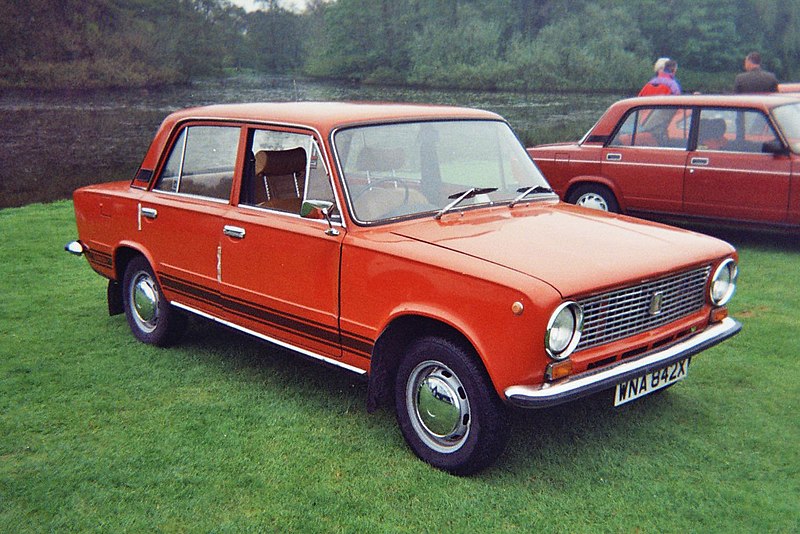
Unlike the 1980s Samara, I don’t think the Lada 1200 was ever offered in Australia. But this Russian-built version of the Fiat 124 was actually quite successful in 1970s Britain because it was cheap, very cheap. Fiat had introduced the 124 into the European market in 1966 to high acclaim. It was a great five-seater, four door car for it’s time. I actually owned one in the mid-1970s as a teenager, and it was a peppy, excellent handling motorcar that was simple to work on and easy to maintain. In fact, the only real issue was that the 124 wasn’t really designed with colder climates in mind, especially in any locality that salted roads in freezing conditions. A couple of years of winter saw the bodywork with more rust than most 40 year old barn finds. At least my 124 taught me how to weld as a result!
Anyway, the Russians built the 124 under licence from Fiat and made it suitable for their own, very harsh, conditions. That basically meant building the cars using thicker, and heavier, materials everywhere. The lightweight of the original was gone, replaced with a tank-like feel that was clearly what was needed in the steppes of Russia. But, the car was truly awful to drive in the UK. Heavy, ponderous, and very badly assembled (yes, Italian build quality was better than Russian, for sure!) the car had no redeeming features at all, price apart.
Not even the heater was any good and you’d think they could have got that right. However, I’m sure the Lada was fit for purpose in its homeland, especially given that the choice for the average consumer was between the 1200 and Shanks’s Pony. And Fiat did earn a lot of royalties apparently, plus the deal provided the basis of the story line for the original Italian Job film. So not all bad then.
Nissan Cherry Europe
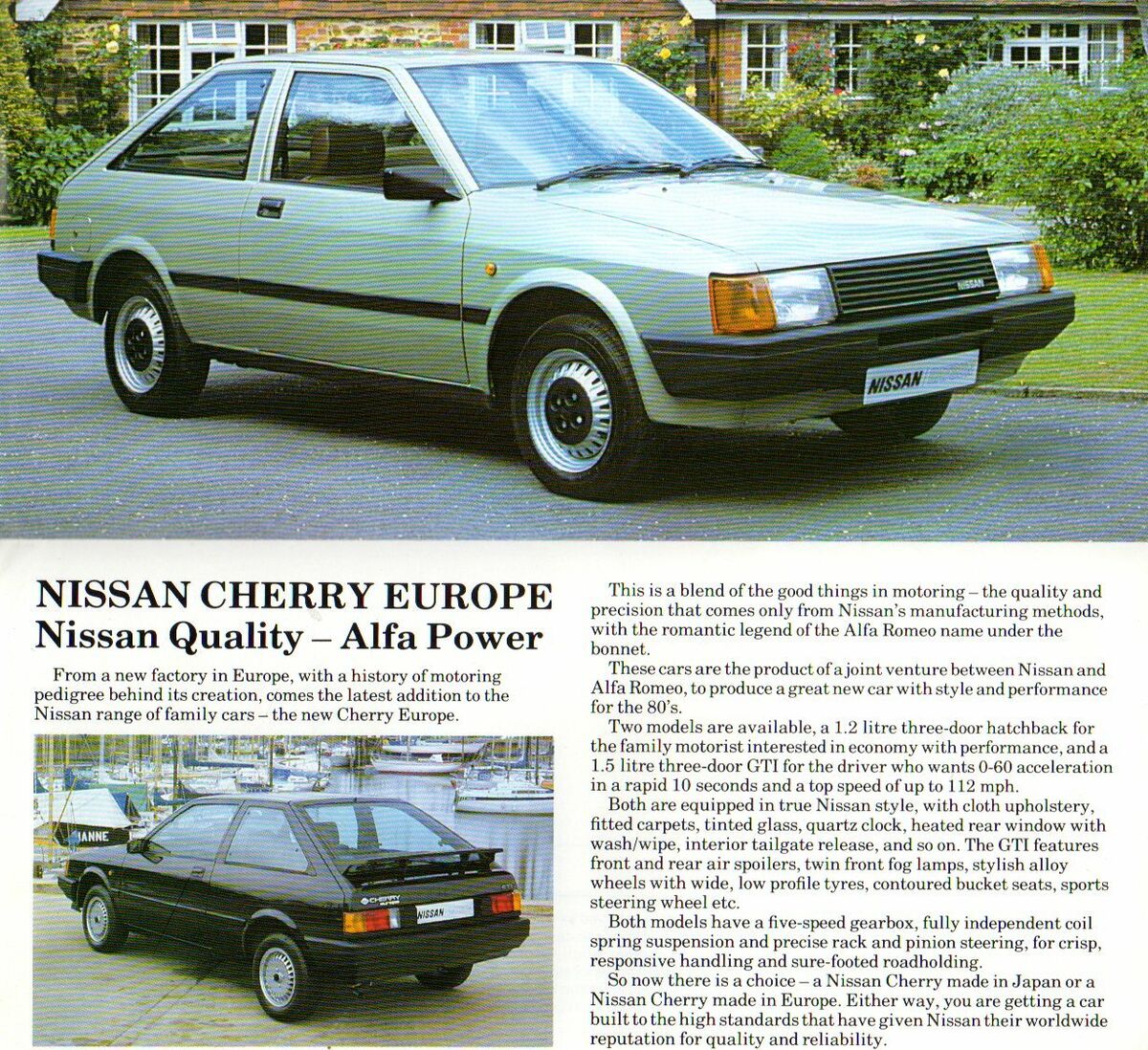
Actually, if I’m honest, this car probably wasn’t really amongst the worst five I’ve ever driven. But it’s included here because it was an utter travesty that it shared mechanical components with one of the finest driving small cars ever built, the Alfasud. Given that the rest of the car was as bland as a Christmas Hallmark movie, that’s a shame for any driving enthusiast.
The Cherry Europe was a UK-only version of the Alfa Romeo Arna, a joint venture attempt by Nissan to get around the voluntary quota restricting imports of Japanese-built cars into parts of Europe at the time. It was basically the body of a Pulsar with the running gear of the Sud, built in Italy. Whilst the Alfasud represented the pinnacle of small car handling at the time, the Cherry Europe only managed to carry over the lovely flat four exhaust note.
The failure to use the Sud’s rear suspension on the Cherry Europe was presumably how they managed to turn the car into just another average Euro built shitbox. Fortunately, the buying public could see this car for the cynical sham it was, and it failed to sell. The Alfasud will always be amongst the five best driving cars ever, for me. The Cherry Europe had no right to share even a wheel nut with the Sud. Long may it be forgotten.












Discussion about this post